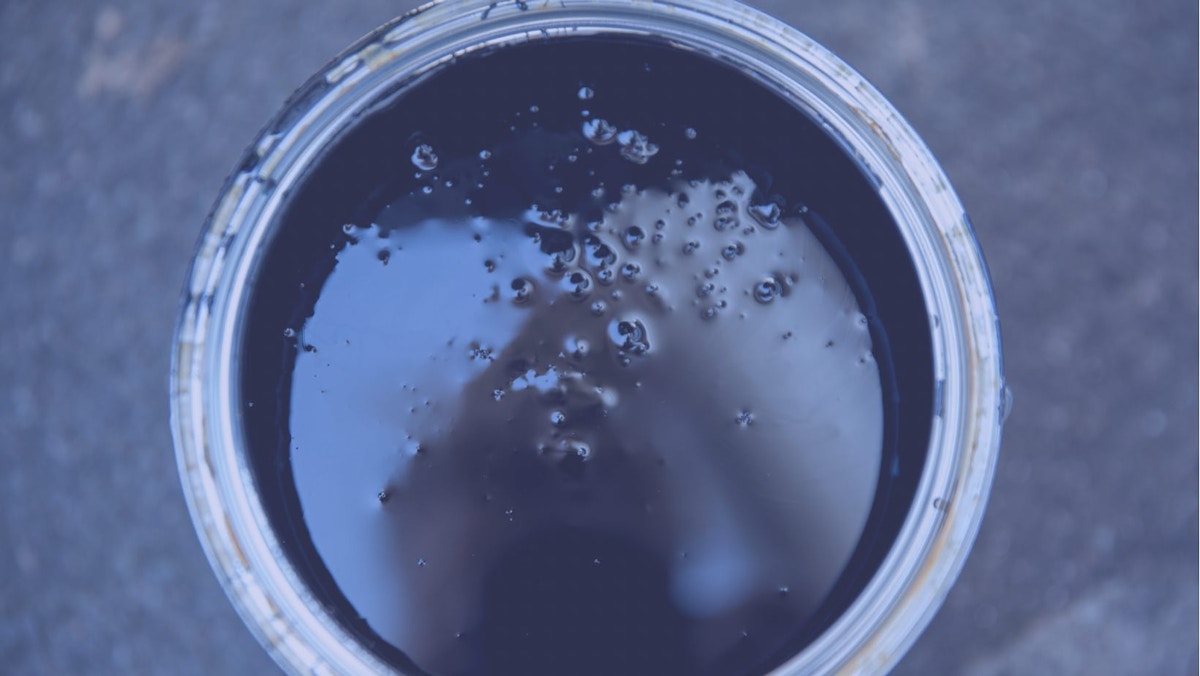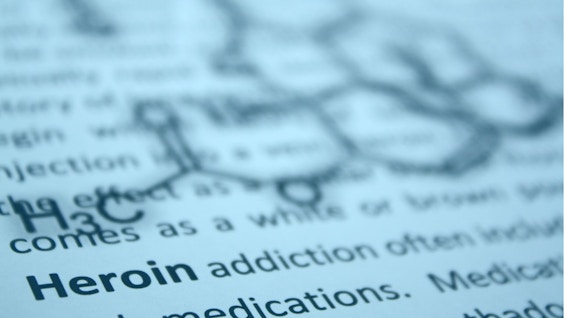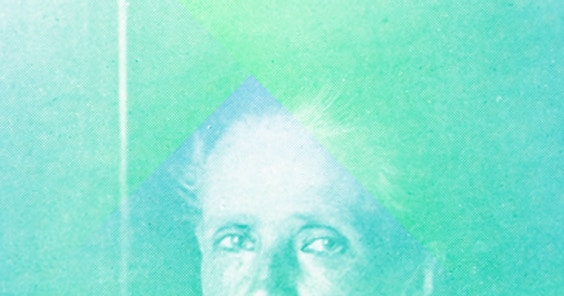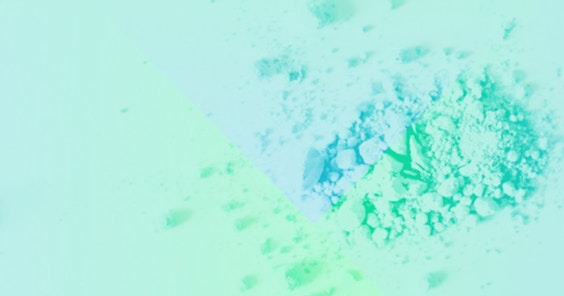I Am Sober is a free app that helps you get some control back in your life.

Black Tar Heroin: Effects, Abuse, and Addiction
Last Updated: Fri, January 19, 2024Black tar heroin is a subtype of heroin. All kinds of heroin are produced from morphine, a very effective opioid painkiller. According to the New York Office of Alcoholism and Substance Abuse Services, black tar heroin is largely manufactured in Mexico.
But what exactly is black tar heroin? What are its effects? Are there any signs of abuse and addiction?
In this article, we will talk about black tar heroin, its effects, and the signs of black tar heroin abuse and addiction.
What Is Black Tar Heroin?
Black tar heroin, as the name suggests, is a cruder version of the illegal substance. It is black and sticky in look and texture.
The narcotic is also sometimes known as Mexican black tar heroin (since it is a significant export for Mexican cartels).
The substance has also been documented to be exported from South American and Asian countries. Black tar heroin is common in the western United States because of a huge Mexican supply. Areas such as Los Angeles experience a lot of black tar heroin use.
Effects of Black Tar Heroin
These effects will be felt by everybody who takes black tar heroin from the first time they consume it.
The following are the long-term repercussions of black tar heroin use:
● Insomnia
● Collapsed veins (from intravenous use)
● Damaged tissue (where the drug is ingested)
● Infection of the heart lining and valves
● Abscesses (swollen tissue filled with pus)
● Constipation
● Stomach cramps
● Liver disease
● Kidney disease
● Lung disease
● Mental disorders
● Erectile dysfunction in men
● Irregular menstrual cycles in women
Signs of Black Tar Heroin Abuse
Some signs of black tar heroin abuse are:
1. Sudden Weight Loss
Black tar heroin can have an effect on your weight. It does this via interfering with organs or metabolism, as well as hijacking your brain and altering your priorities.
When your primary attention is on taking drugs or drinking, harmful eating habits such as missing meals or consuming nutrient-deficient foods might develop.
2. Secretive Behavior
Heroin use problems may be extremely isolating. A user frequently feels shame and fears social censure, and certain substances can cause paranoia.
This might lead to a person withdrawing from their normal connections and becoming secretive.

3. Changes in Appearance
Black tar heroin usage, for example, can cause skin issues such as acne and dullness (or grey-looking).
This is due to your skin not obtaining the necessary minerals and vitamins. Heroin can deplete your vitality, causing you to seem and feel weak and exhausted.
4. Extreme Drowsiness
When heroin reaches the brain, users feel a powerful euphoria or rush.
However, this is invariably followed by a time in which the person experiences a trans-like condition in which they alternate between being drowsy and wide awake for several hours. It is known as nodding out.
5. Financial Problems
Individuals that take heroin often face financial difficulties as a result of their addiction.
Addiction is a sickness that controls your life. As your physical dependence on the substance grows, your mind may get trapped in a never-ending loop of fantasizing about your next fix.
This might make it difficult for an addict to prioritize their money and remain drug-free. There are various reasons why drug addiction and financial difficulties coexist.
Black Tar Heroin Addiction
Many people who get hooked on heroin do not begin using it because it is what they desire.
According to statistics, the average user will switch to heroin after developing an opioid addiction. This is usually the result of a lawfully obtained prescription opioid for actual pain.
They may also not know they have an addiction until their medication runs out. After then, individuals must find a new means to satisfy their innate urges.
If you need treatment for heroin or similar opioid addiction, you can go to your doctor or call a drug treatment center in your area. Your key worker will assist you in deciding between two methods for quitting heroin: maintenance treatment or detox.
Maintenance treatment is switching from heroin to a heroin substitute, such as methadone or buprenorphine, and then maintaining a consistent dosage of the substitute.
Detox, on the other hand, is the process of transitioning from heroin to a heroin substitute before progressively withdrawing from the substitute until you are fully free of both.
Both treatments aim to help users progressively quit heroin while also alleviating withdrawal symptoms. In some cases, people can live at home while transitioning to maintenance therapy or going through detox.
Conclusion
Black tar heroin is easily distinguishable because of its sticky consistency and dark color. As black tar heroin is a significant drug of abuse that leads to severe addiction, comprehensive addiction treatment is needed for those who abuse the drug.
Anyone struggling with abuse should seek professional help, as both the short-term and long-term ramifications of heroin use can be dire. Having the right support system and using a sober app like I Am Sober can also help.
I Am Sober is a free app that helps you get some control back in your life.




